If your vehicle has a diesel engine, see "Engine Oil" in the Diesel Engine Supplement.
If the CHECK OIL LEVEL light appears on the instrument cluster, it means you need to check your engine oil level right away.
For more information, see Driver Information Center (DIC) .
You should check your engine oil level regularly; this is an added reminder.
Checking Engine Oil
It's a good idea to check your engine oil every time you get fuel. In order to get an accurate reading, the oil must be warm and the vehicle must be on level ground.
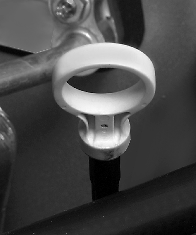
The engine oil dipstick has a yellow ring handle and is located in the engine compartment on the passenger's side of the vehicle. See Engine Compartment Overview for more information on location.
Turn off the engine and give the oil several minutes to drain back into the oil pan. If you don't, the oil dipstick might not show the actual level.
Pull out the dipstick and clean it with a paper towel or cloth, then push it back in all the way. Remove it again, keeping the tip down, and check the level.
All Other Engines
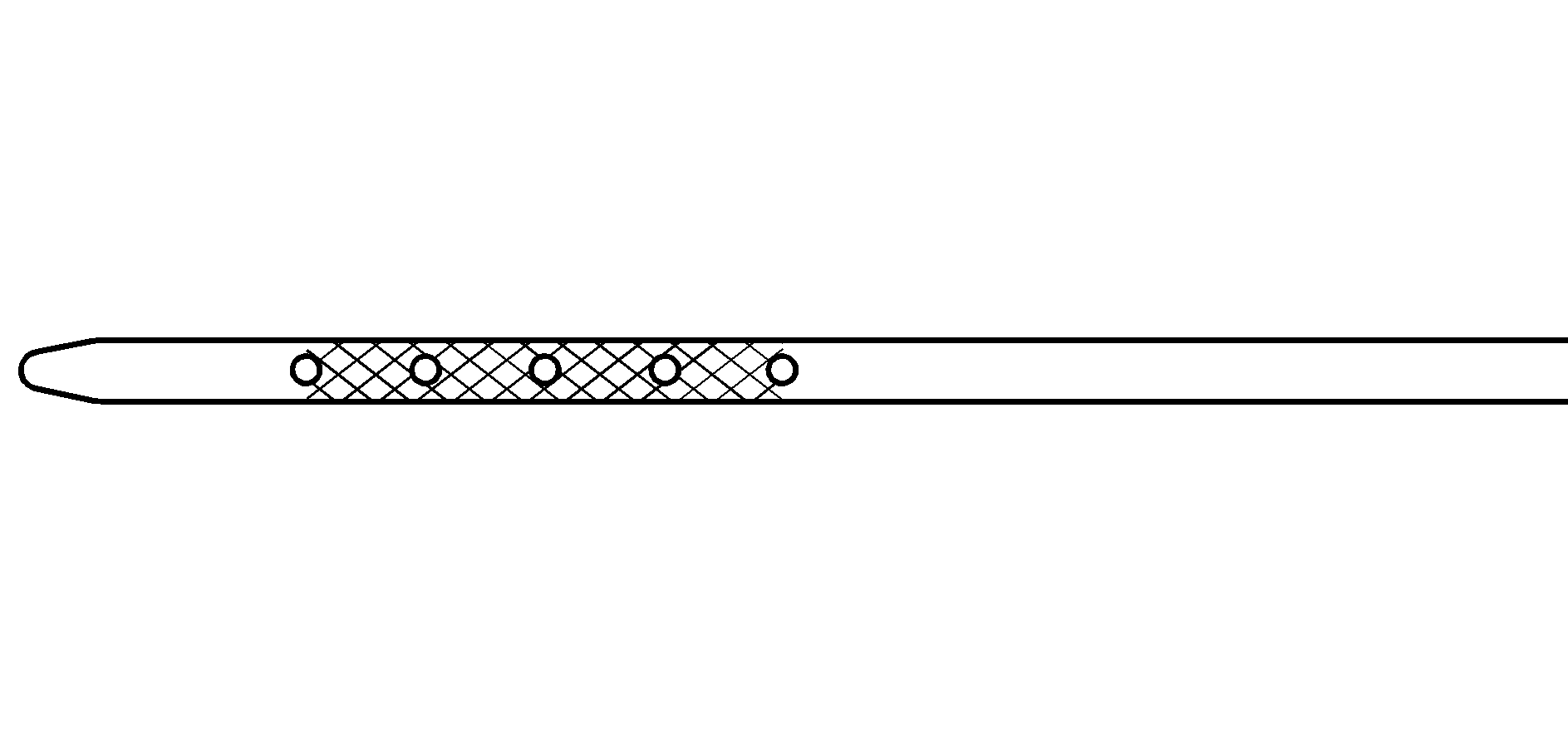
8.1L Engine
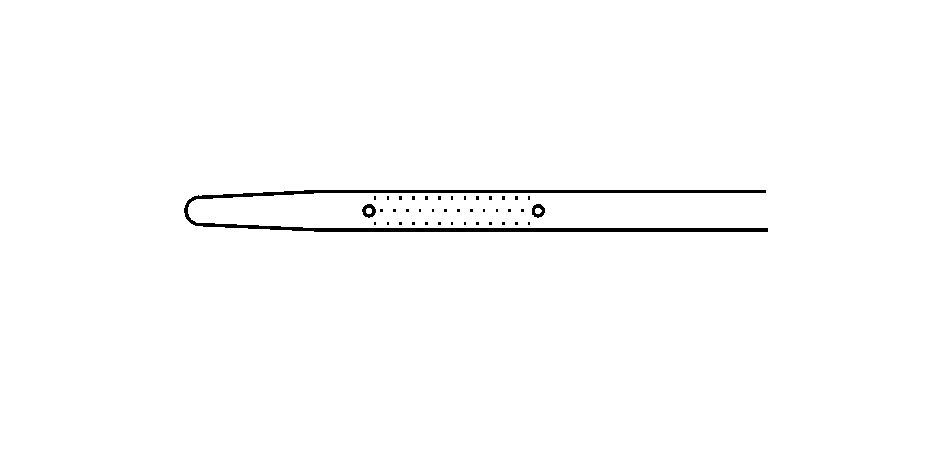
When to Add Engine Oil
If the oil is at or below the cross-hatched area at the tip of the dipstick, then you'll need to add at least one quart of oil. But you must use the right kind. This part explains what kind of oil to use. For engine oil crankcase capacity, see Capacities and Specifications .
Notice: Do not add too much oil. If the engine has so much oil that the oil level gets above the cross-hatched area that shows the proper operating range, the engine could be damaged.
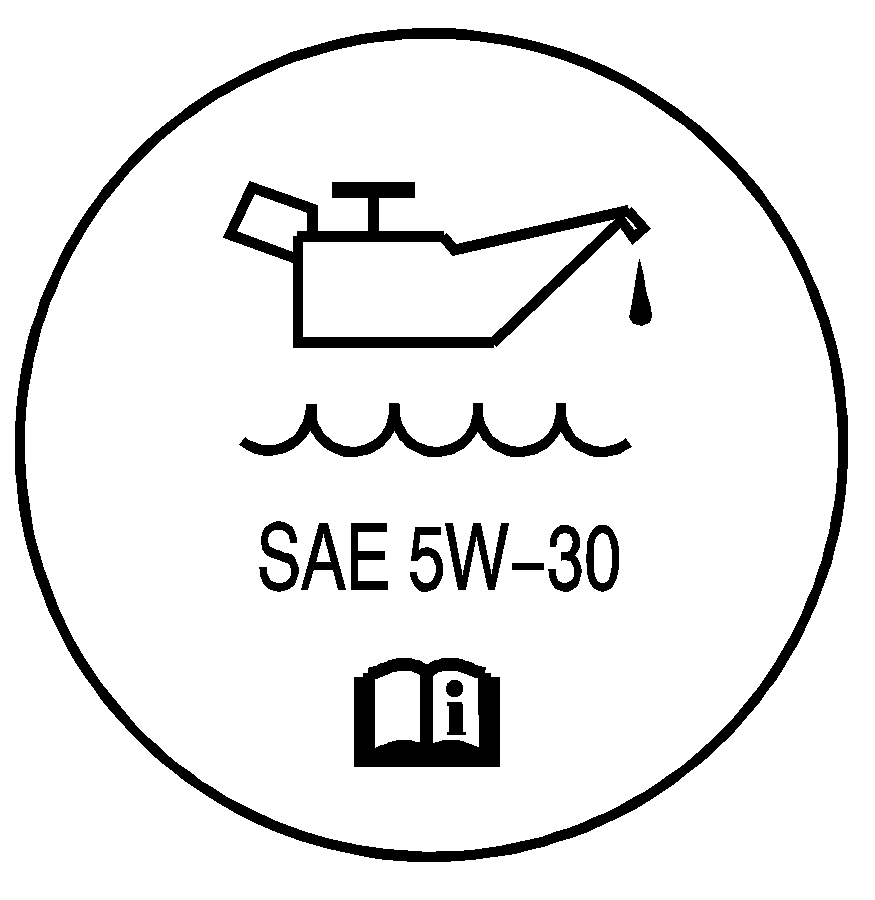
The engine oil fill cap for the VORTEC 4800, 5300 and 6000 V8 engines is located on the engine valve cover on the passenger's side of the vehicle. On the 8100 engine, the oil fill cap is located on the front of the engine. See Engine Compartment Overview for more information on location.
Be sure to fill it enough to put the level somewhere in the proper operating range. Push the dipstick all the way back in when you're through.
What Kind of Engine Oil to Use
Oils recommended for your vehicle can be identified by looking for the starburst symbol.
This symbol indicates that the oil has been certified by the American Petroleum Institute (API). Do not use any oil which does not carry this starburst symbol.

If you choose to perform the engine oil change service yourself, be sure the oil you use has the starburst symbol on the front of the oil container. If you have your oil changed for you, be sure the oil put into your engine is American Petroleum Institute certified for gasoline engines.
You should also use the proper viscosity oil for your vehicle, as shown in the viscosity chart.
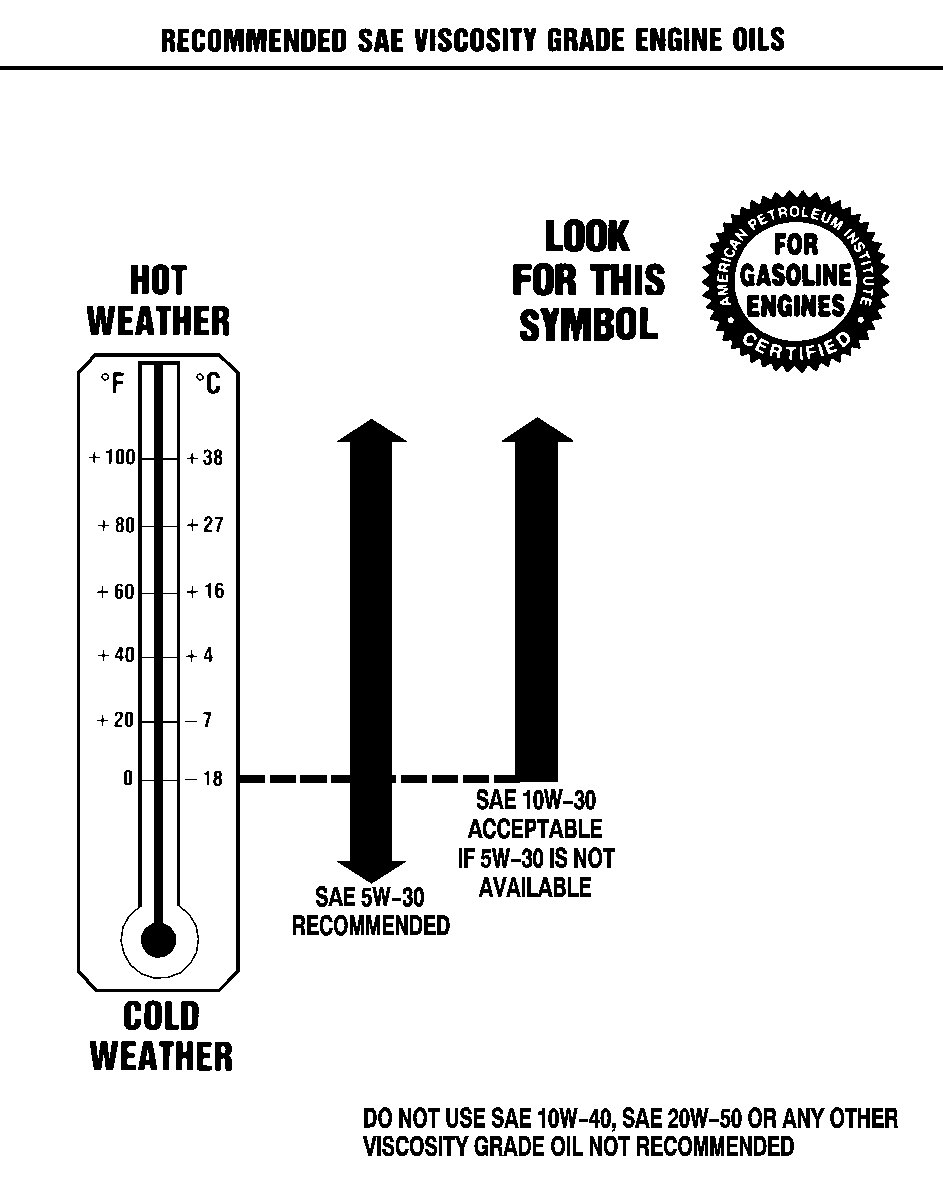
As in the chart shown previously, SAE 5W-30 is the only viscosity grade recommended for your vehicle. You should look for and use only oils which have the API Starburst symbol and which are also identified as SAE 5W-30. If you cannot find such SAE 5W-30 oils, you can use an SAE 10W-30 oil which has the API Starburst symbol, if it's going to be 0°F (-18°C) or above. Do not use other viscosity grade oils, such as SAE 10W-40 or SAE 20W-50 under any conditions.
Notice: Use only engine oil with the American Petroleum Institute Certified For Gasoline Engines starburst symbol. Failure to use the recommended oil can result in engine damage not covered by your warranty.
GM Goodwrench® oil meets all the requirements for your vehicle.
If you are in an area of extreme cold, where the temperature falls below -20°F (-29°C), it is recommended that you use either an SAE 5W-30 synthetic oil or an SAE 0W-30 oil. Both will provide easier cold starting and better protection for your engine at extremely low temperatures.
Engine Oil Additives
Don't add anything to your oil. The recommended oils with the starburst symbol are all you will need for good performance and engine protection.
When to Change Engine Oil (GM Oil Life System)
Your vehicle has a computer system that lets you know when to change the engine oil and filter. This is based on engine revolutions and engine temperature, and not on mileage. Based on driving conditions, the mileage at which an oil change will be indicated can vary considerably. For the oil life system to work properly, you must reset the system every time the oil is changed.
When the system has calculated that oil life has been diminished, it will indicate that an oil change is necessary. A CHANGE ENGINE OIL light will come on. Change your oil as soon as possible within the next two times you stop for fuel. It is possible that, if you are driving under the best conditions, the oil life system may not indicate that an oil change is necessary for over a year. However, your engine oil and filter must be changed at least once a year and at this time the system must be reset. Your dealer has GM-trained service people who will perform this work using genuine GM parts and reset the system. It is also important to check your oil regularly and keep it at the proper level.
If the system is ever reset accidentally, you must change your oil at 3,000 miles (5 000 km) since your last oil change. Remember to reset the oil life system whenever the oil is changed.
How to Reset the CHANGE ENGINE OIL Message System
The GM Oil Life System calculates when to change your engine oil and filter based on vehicle use. Anytime your oil is changed, reset the system so it can calculate when the next oil change is required. If a situation occurs where you can change your oil prior to a CHANGE ENGINE OIL message being turned on, reset the system.
To reset the CHANGE ENGINE OIL message, see "GM Oil Life System" under DIC Operation and Displays for vehicles equipped with the DIC, or do the following:
- Turn the ignition key to RUN with the engine off.
- Fully press and release the accelerator pedal three times within five seconds.
If the OIL LIFE RESET message flashes for 10 seconds, the system is reset.
If the system does not reset, try the procedure once again. If it still does not reset, see your dealer for service.
What to Do with Used Oil
Used engine oil contains certain elements that may be unhealthy for your skin and could even cause cancer. Don't let used oil stay on your skin for very long. Clean your skin and nails with soap and water, or a good hand cleaner. Wash or properly dispose of clothing or rags containing used engine oil. See the manufacturer's warnings about the use and disposal of oil products.
Used oil can be a threat to the environment. If you change your own oil, be sure to drain all the oil from the filter before disposal. Never dispose of oil by putting it in the trash, pouring it on the ground, into sewers, or into streams or bodies of water. Instead, recycle it by taking it to a place that collects used oil. If you have a problem properly disposing of your used oil, ask your dealer, a service station or a local recycling center for help.
Checking Engine Oil
It's a good idea to check your engine oil level every time you get fuel. In order to get an accurate reading, the oil must be warm and the vehicle must be on level ground.
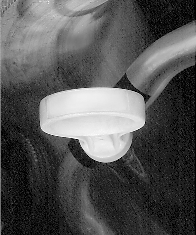
The engine oil dipstick has a yellow ring handle and is located on the driver's side of the engine compartment. See Engine Compartment Overview for more information on its location.
In order to get an accurate reading, the oil must be warm (at normal operating temperature) and the vehicle must be on level ground.
Turn off the engine and give the oil at least five minutes to drain back into the oil pan. With a cool engine, allow 30 minutes. If you don't, the oil dipstick might not show the actual level.
Pull out the dipstick and clean it with a paper towel or a cloth, then push it back in all the way. Remove it again, keeping the tip down.
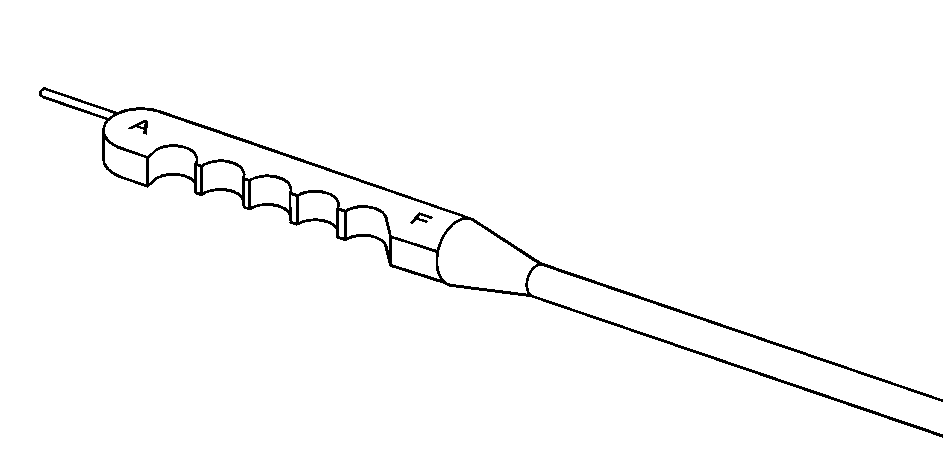
When to Add Engine Oil
If the oil is at or below the ADD line, then you'll need to add at least one quart of oil. But you must use the right kind. This part explains what kind of oil to use. For engine oil crankcase capacity, see Specification Charts .
Notice: Do not add too much oil. If your engine has so much oil that the oil level gets above the F mark that shows the proper operating range, your engine could be damaged.
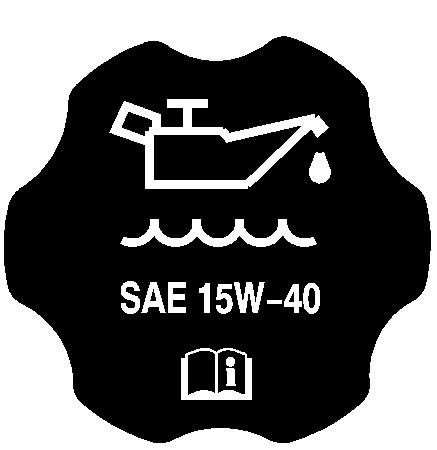
The engine oil fill cap is located near the center of the engine compartment. See Engine Compartment Overview for more information on its location.
Be sure to fill it enough to put the level somewhere in the proper operating range. Push the dipstick all the way back in when you're through.
What Kind of Engine Oil to Use
Look for these two things:
| • | CI-4 or CH-4 |
| Oils designated as API CI-4 or CH-4 are recommended for your vehicle. The CI-4 or CH-4 designations may appear either alone, together or in combination with other API designations, such as API CI-4/SL. |
| These letters show American Petroleum Institute (API) levels of quality. |
Notice: Use only engine oils that have one of these designations, CI-4 or CH-4, for the Duramax® diesel engine. Failure to use the recommended oils can result in engine damage not covered by your warranty.
| • | SAE 15W-40 |
| As shown in the viscosity chart, SAE 15W-40 is best for your vehicle. However, you can use SAE 10W-30 at temperatures above 0°F (-18°C). When it's very cold, below 0°F (-18°C), you should use SAE 5W-40 to improve cold starting. |
| These numbers on the oil container show its viscosity, or thickness. Do not use other viscosity oils such as SAE 10W-40 or SAE 20W-50. |
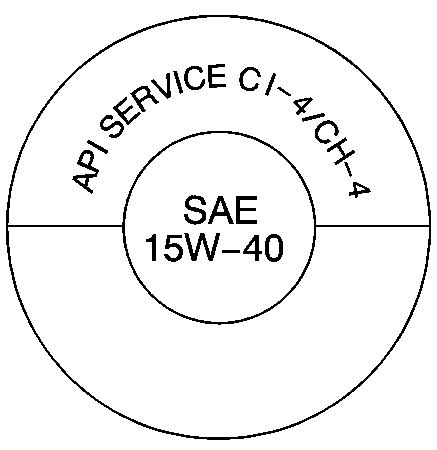
This doughnut-shaped logo (symbol) is used on most oil containers to help you select the correct oil. It means that the oil has been certified by the American Petroleum Institute.
You should look for this on the oil container, and use only those oils that display this logo.
GM Goodwrench® oil of the recommended viscosity grades meets all the requirements for your vehicle.
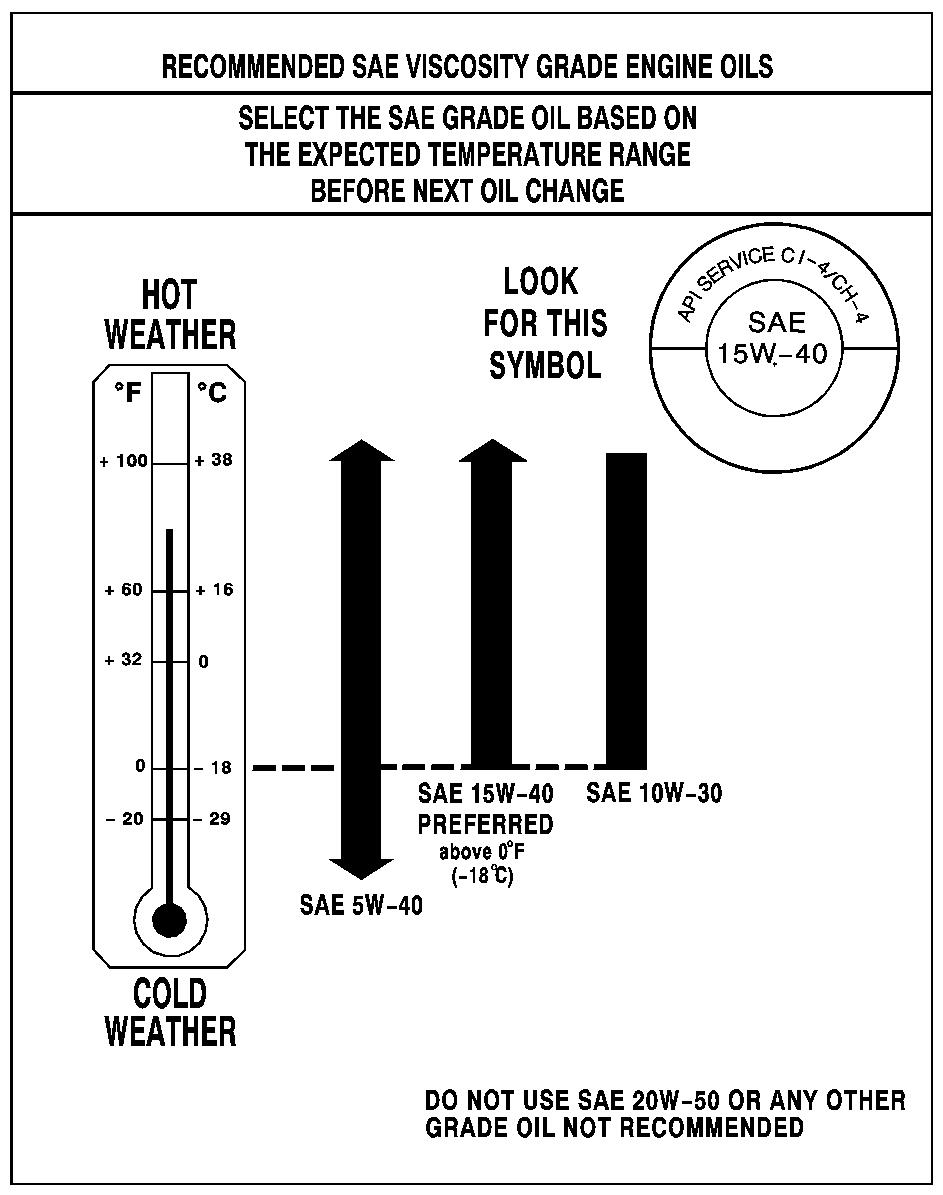
Engine Oil Additives
Don't add anything to your oil. The recommended oils with the API service symbol are all you will need for good performance and engine protection.
When to Change Engine Oil (GM Oil Life System)
Your vehicle has a computer system that lets you know when to change the engine oil and filter. This is based on engine revolutions, engine temperature and on a maximum mileage of 10,000 miles (16 000 km). Under severe conditions, the system may come on before 10,000 miles (16 000 km). For the oil life system to work properly, you must reset the system every time the oil is changed.
When the system has calculated that oil life has been diminished, it will indicate that an oil change is necessary. A CHANGE ENGINE OIL message will come on. Change your oil as soon as possible within the next two times you stop for fuel. It is possible that, if you are driving under the best conditions, the oil life system may not indicate that an oil change is necessary for over a year. However, your engine oil and filter must be changed at least once a year and at this time the system must be reset. Your dealer has GM-trained service people who will perform this work using genuine GM parts and reset the system. It is also important to check your oil regularly and keep it at the proper level.
If the system is ever reset accidentally, you must change your oil at 10,000 miles (16 000 km) since your last oil change. Remember to reset the oil life system whenever the oil is changed.
How to Reset the CHANGE ENGINE OIL Message
To reset the CHANGE ENGINE OIL message, do the following:
- Turn the ignition key to RUN with the engine off.
- Fully press and release the accelerator pedal three times within five seconds.
- If the CHANGE ENGINE OIL message flashes for five seconds, the system is reset.
If the system does not reset, try the procedure once again. If it still does not reset, see your dealer for service.
What to Do with Used Oil
Used engine oil contains certain elements that may be unhealthy for your skin and could even cause cancer. Don't let used oil stay on your skin for very long. Clean your skin and nails with soap and water, or a good hand cleaner. Wash or properly throw away clothing or rags containing used engine oil. See the manufacturer's warning about the use and disposal of oil products.
Used oil can be a threat to the environment. If you change your own oil, be sure to drain all the oil from the filter before disposal. Never dispose of oil by putting it in the trash, pouring it on the ground, into sewers, or into streams or bodies of water. Instead, recycle it by taking it to a place that collects used oil. If you have a problem properly disposing of your used oil, ask your dealer, a service station or a local recycling center for help.
